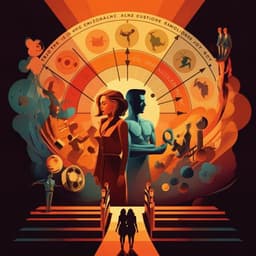
Social Work
Online images amplify gender bias
D. Guilbeault, S. Delecourt, et al.
This study conducted by Douglas Guilbeault, Solène Delecourt, Tasker Hull, Bhargav Srinivasa Desikan, Mark Chu, and Ethan Nadler examines how online images amplify gender bias, revealing that bias is more prominent in visuals than text. The research sheds light on the pressing need to tackle the societal implications of this shift to visual communication for a fair and inclusive internet.
Playback language: English
Related Publications
Explore these studies to deepen your understanding of the subject.







